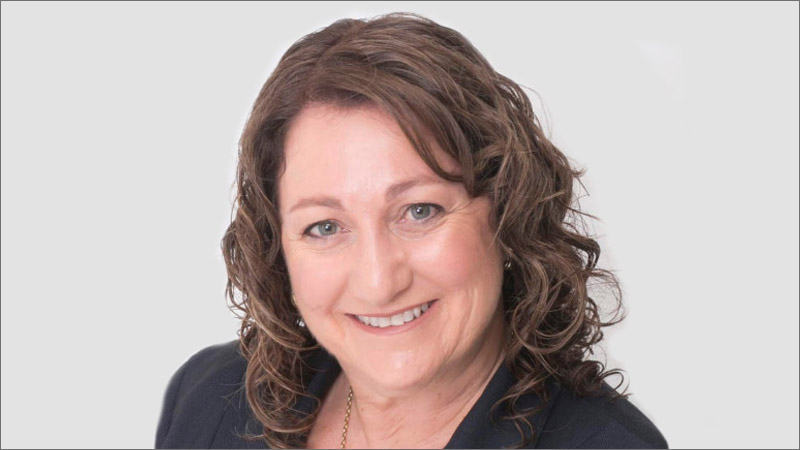Defining compliance metrics to navigate audit issues in business real property
Determining the real purpose of the business real property for SMSFs requires greater considerations in the compliance parameters of the property to ensure better efficiency in the audit process, says a specialist audit firm.
It is important to remember business real property is an exception to the in-house asset and related party acquisition rules, and according to the ATO, business real property generally means land and buildings used wholly and exclusively in a business.
ASF Audits head of education Shelley Banton said that the answer to whether a property meets the real purpose of business real property (BRP) is that it usually depends.
“A complete understanding of all the facts and circumstances is required to ensure the property meets the BRP definition at the time of acquisition,” she said.
“BRP generally means land and buildings used wholly and exclusively in a business. There are two necessary conditions that BRP must satisfy before acquisition.”
Ms Banton said the SMSF or related entity must hold an eligible interest in real property along with condition where the underlying land must meet the business use test, i.e. the real property has to be used wholly and exclusively in one or more businesses carried on by an entity (SMSFR 2009/1).
“The issue at stake here is the land and building’s current use, which means reviewing the operations, activities or actions that enable the business use test to be applied,” Ms Banton explained.
“By way of example, an owner of land may grant a lease over part of that land. In these circumstances, the lessee holds a leasehold interest in the land and has an eligible interest.”
To meet the standards in the audit, it is important to consider the various compliance parameters for the real property such as if business is being carried on the property, according to Ms Banton.
This includes examples such as keeping business records separately to personal records, the size of the operation, the extent of capital investment involved, and whether activities are conducted continuously and systematically rather than on an ad hoc basis.
Furthermore, greater consideration of other key areas is needed such as the vacancy of the land and whether building or other fixtures constitute the “real property”.
“Ultimately, determining the real purpose of the business use test requires questions of fact and degree in each case,” Ms Banton said.
“The physical use of the real property is key to understanding the parameters of SMSF compliance.
“It will be incumbent on the SMSF trustee to demonstrate that the real property is undertaking operations, activities or actions that enable the business use test to be applied.”

Tony Zhang
Tony Zhang is a journalist at Accountants Daily, which is the leading source of news, strategy and educational content for professionals working in the accounting sector.
Since joining the Momentum Media team in 2020, Tony has written for a range of its publications including Lawyers Weekly, Adviser Innovation, ifa and SMSF Adviser. He has been full-time on Accountants Daily since September 2021.








